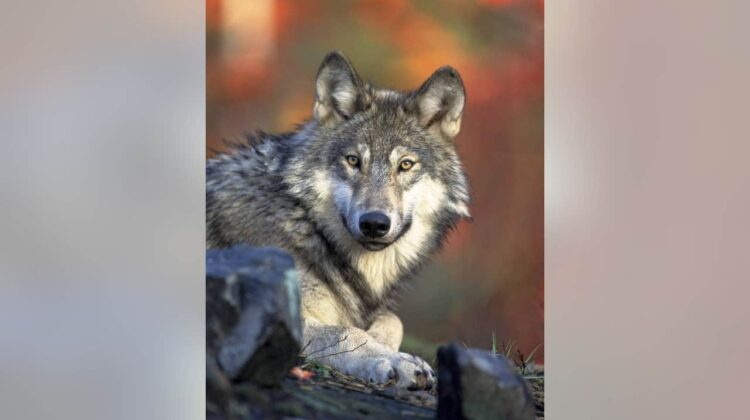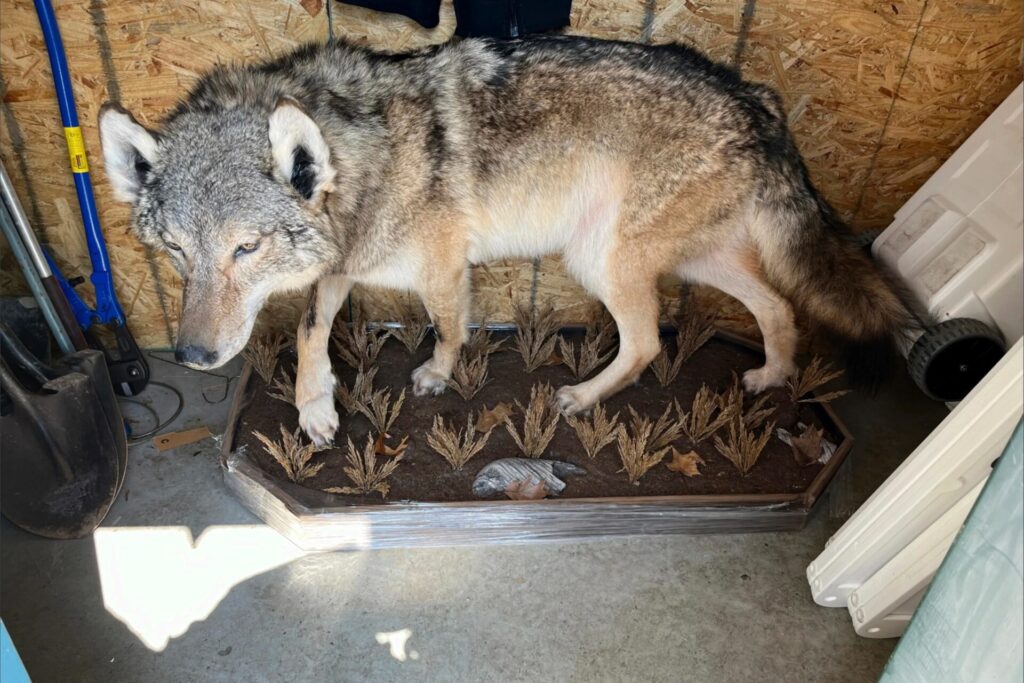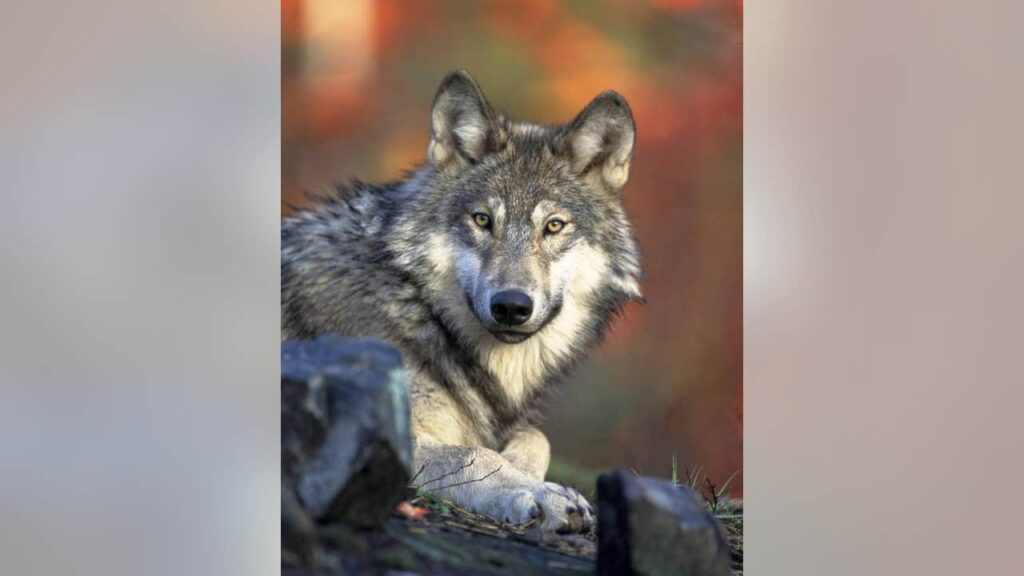
Wildlife experts have reached an impasse in their investigation into how a gray wolf managed to travel to southern Michigan for the first time in over a century.
The wolf, killed in January by a hunter who claimed to have mistaken it for a coyote, has left experts perplexed. While gray wolves are commonly found in Michigan’s Upper Peninsula, with an estimated population exceeding 700, the state’s southern Lower Peninsula lacks suitable habitat for these animals.
“We just don’t know how it got there,” said Brian Roell, a wolf expert at the state Department of Natural Resources (DNR).
Authorities reported Thursday that no charges would be filed against the hunter or the guide involved. Calhoun County prosecutor David Gilbert explained, “The conduct here appears to be based on a reasonable and honest belief they were legally shooting a coyote.”

The wolf, weighing 84 pounds, was killed approximately 300 miles (482 kilometers) south of the Upper Peninsula. The DNR became aware of the incident through social media, where someone had boasted about shooting a “world record coyote.” However, this was no coyote.
Gray wolves are protected under the Endangered Species Act and can only be killed if they pose a direct threat to human life, according to the DNR.
Roell has appealed to the public for any information about the wolf’s presence in southern Michigan. “It could have been natural. It could have been aided by humans,” he speculated about the wolf’s journey.
One potential explanation involves the ice that forms on the Great Lakes, allowing animals to cross the Straits of Mackinac between the peninsulas. However, Roell noted that recent winter ice conditions have not been stable enough to support such crossings.
Additionally, there are significant barriers that would make it difficult for a wolf to travel from elsewhere in the Upper Midwest to southern Michigan.

A curious detail in the investigation is a mark on the wolf’s foot, indicating it had recently been trapped. “It just makes it more curious,” Roell remarked.
By the time the DNR became involved, the wolf’s pelt had been preserved and stuffed by a taxidermist. The DNR seized the mount, and the hunter will not be permitted to reclaim it.
Because the gray wolf is an endangered species, “the hunter is not permitted to possess it,” stated DNR spokesperson Ed Golder.
This unusual case has left wildlife experts and authorities with more questions than answers about the gray wolf’s unexpected appearance in southern Michigan.

Leave a Reply